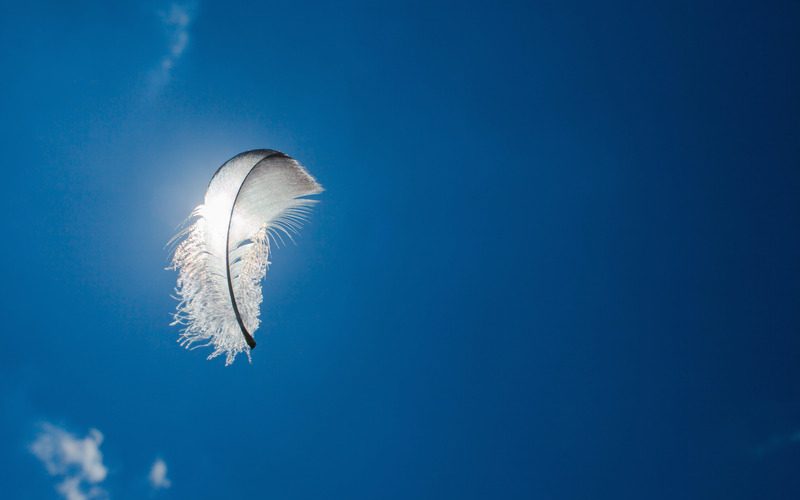By S. Usha Devi
It was the best of times. It was the worst of times. That was the initial mixed feeling in attending a detox session amidst the hilltop and lush greenery of temperate Fraser’s Hill, Pahang. Covid-19 had already put a damper on me and everyone around me with its deadly implications, and with no vaccine in sight at least for a while.
A detox session seemed a good way to distract myself and relax while undergoing a cleansing inside the body.
Coupled with yoga sessions and meditation, it had the perfect combination of rejuvenation of the mind, body and soul. As the advertisement had promised, ’detox and rejuvenation programme in a peaceful and serene environment’.
This was my first experience doing a three days two nights detox programme using 100% ancient ayurveda and yoga techniques. Filled with anticipation and curiosity, I ventured into the unknown sphere. Thankfully, I was with 19 other people, mainly women, and with experienced yoga and ayurvedic practitioners, who would guide us through the whole detox process. MAYI’s Master Manisekaran provided the physical (yoga) and mental preparation (pranayama) of the detox programme. This experience for me, personally, was very calming and relaxing. It was the feeling of lightness in my whole body, which made the experience very special.
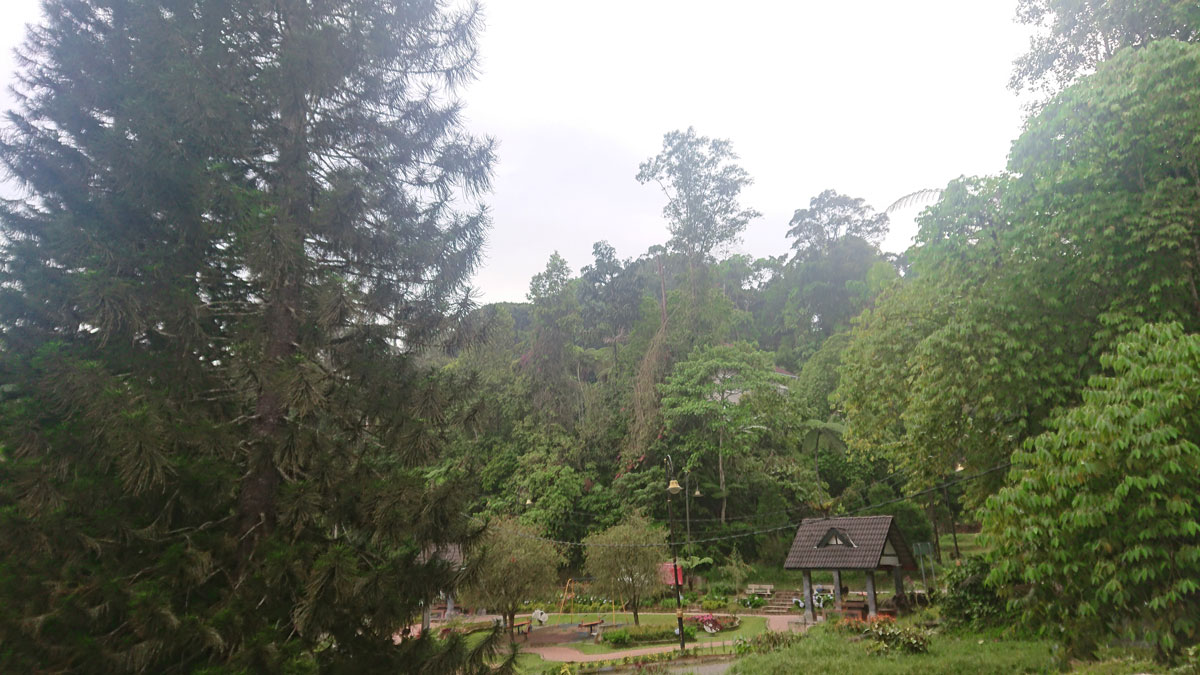
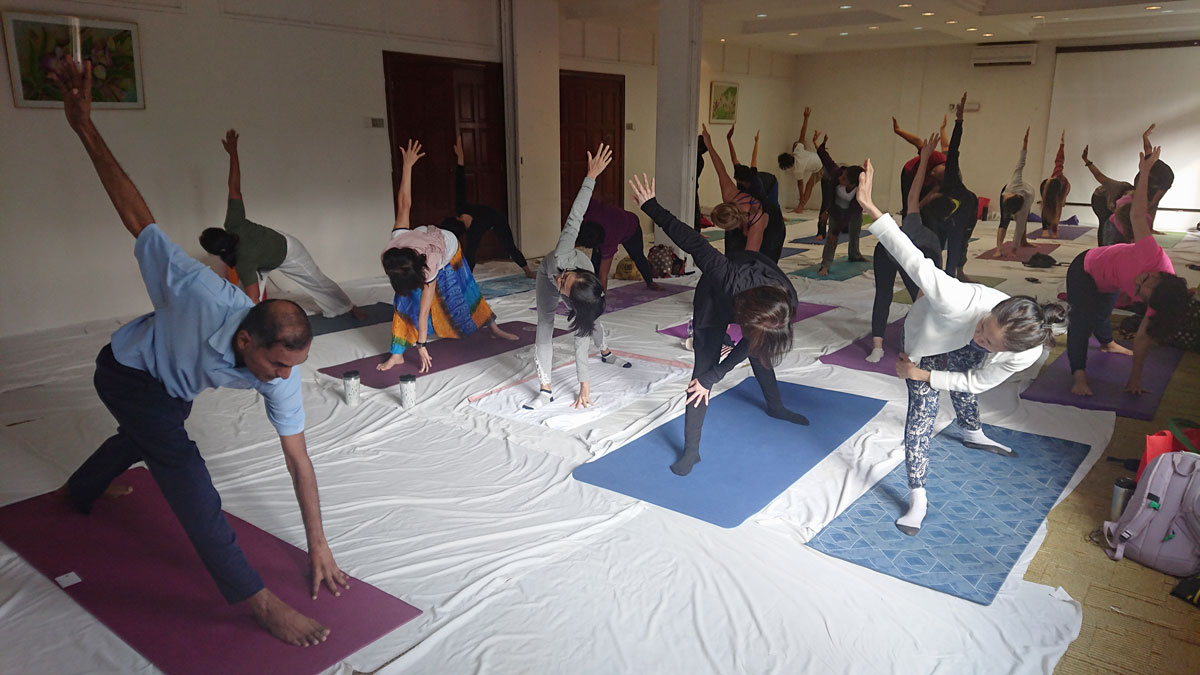
Candle Gazing Yoga
After arriving at the hotel, a get-to-know-you-session and a light yoga workout ensued. This was followed by a delicious vegetarian steam-boat dinner. With a full stomach and a warm, fuzzy feeling of a satisfying meal, the trataka and meditation sessions were relaxing and enjoyable. Trataka in Sanskrit means to look, or gaze. It is a yogic purification (shatkarma) and a tantric method of meditation that involves staring at a single point, such as a small object, black dot or candle flame. It is said to bring energy to the “third eye” (ajna chakra) and promote various psychic abilities.
Getting to the level of psychic abilities is a long way off as one must hold a steady gaze for a period of time. This helps to enhance the ability to concentrate; cleans and heals the eyes; and helps with insomnia, among others. Master Manisekaran, who was leading the session, mentioned that it was a good exercise for children to do, to help them with their focus and concentration. My experience was one of a beginner and I confess that I had to bring my mind back to the flame several times. In a quiet, dark room, with only the flame of the candles dancing, it was the perfect scene to appreciate the stillness and the darkness of the environment. After the briefing for the next morning session of Kunjal, Neti and Shankaprakshalana (yogic full intestinal cleansing), it was lights out.
The Detox Begins
Kunjal Kriya is a technique for cleaning the digestive system (from the stomach to the mouth). It includes drinking lukewarm, salty water until the stomach gets full, and then intentionally vomiting it through the mouth. Animals, like cats and dogs, use this technique as well when food is undigested. Drinking warm salty water was the lesser evil for me compared with intentionally vomiting the contents of my stomach. After brief moments of “oh dear, what have I got myself into” the process became a lot easier to manage.
Jala Neti (nasal) helps to alleviate chronic headaches and migraines. Nasal cleaning yoga helps to reduce the symptoms of drowsiness and regular practice helps to get rid of it. I had the experience of doing Jala Neti previously, so this second experience was less stressful, although I forgot to tilt my head in the first try. The MAYI assistants were on hand to provide necessary help and guidance to get the angle of the head at the correct position. Subsequently, the technique fell in place, I ‘’neti-ed’’ my nasal passage and it felt clean and fresh.
Shankaprakshalana (complete cleaning of the intestines) was the most strenuous part of the detox programme for me. After drinking 2 litres of warm, salty water, I was ready to expel last night’s dinner from my intestines quickly. However, this took a little longer than expected, despite the stretching and twisting exercises, such as Tadasasana, Tiryaka Tadasana, Kati Chakrasana, Tiryaka Bhujangasana and Udarakarshanasana. The MAYI assistants were ever so helpful to provide encouragement, and ensured that I had followed the instructions of the detox process correctly and that I was feeling fine.
Once the detox was completed, my bowels had been cleansed and I had rested my tired body and mind, a healthy kicheri dinner, consisting of rice, mung beans and ghee, was provided to lubricate the stomach lining and give a fullness to the intestines. The benefits of Shankaprakshalana is that it purifies the blood, detoxifies the body and helps to develop good digestion. It eliminates allergies and skin diseases such as acne, neurodermatitis or psoriasis. We were advised by the MAYI assistants to continue eating the kicheri diet for the next 3 days to gain more benefits of the detox while the more adventurous participants could continue the kicheri diet for 1 month! We were also provided a cooking demonstration on how to prepare the kicheri and what were the other alternative ingredients, i.e. carrots or potatoes, that could be used to replace the mung beans. This is for some variety in the kicheri menu.
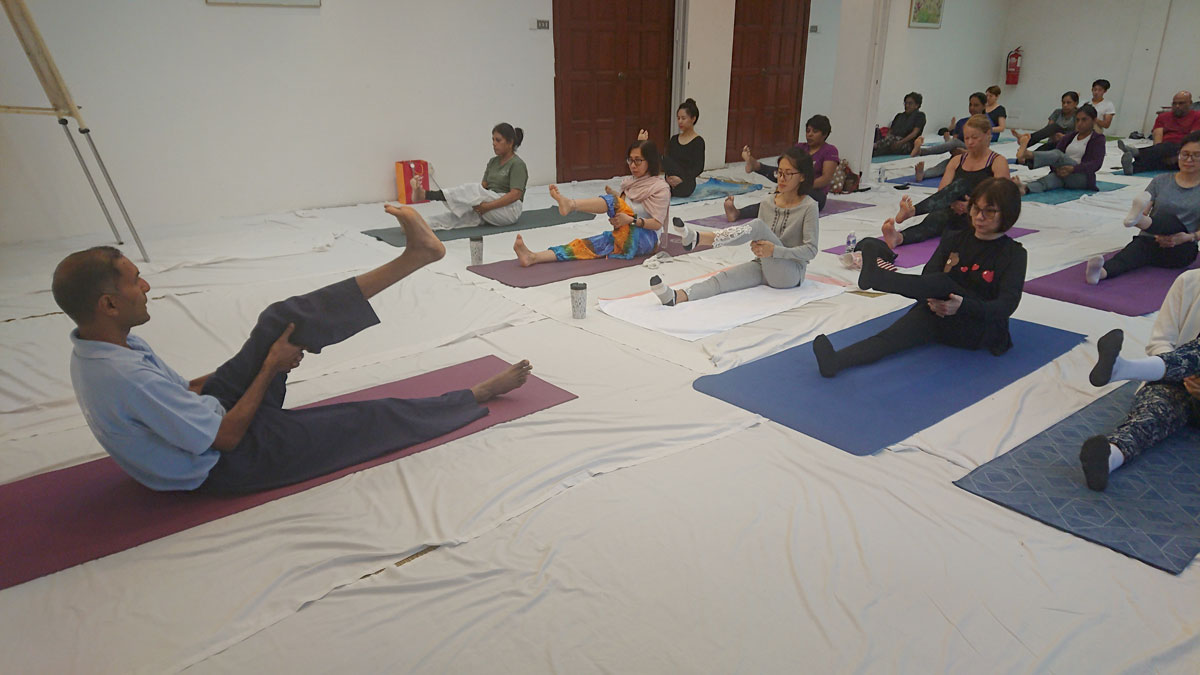
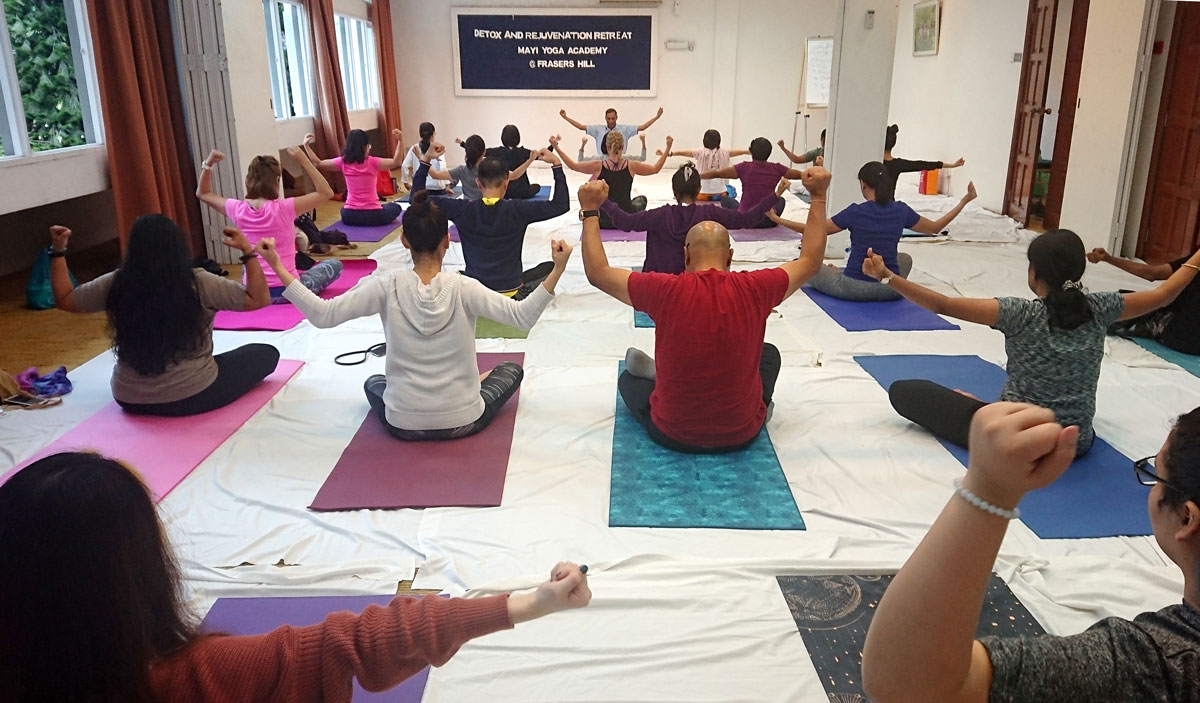
Mindfulness Walk
It was not all detox and yoga though. The beautiful and cooling surroundings of Frasers Hill begged to be explored. All the participants were encouraged to join a mindfulness walk around the area to enjoy the surroundings filled with flora and fauna. As it was a weekend, there were many people in Frasers Hill, creating a busy atmosphere of people – walking, enjoying the coolness and taking photos of the loveliness around them.
Loving the Feel of Lightness
The best part of the whole detox experience must be the feeling of lightness that I felt throughout my body once the detox processes were completed. I felt rejuvenated, energised and ready to come down the hill and face the challenges of Covid-19 again, despite the uncertainties of the situation. Sometimes, we just need a pick-me-up, no matter how small, to feel a little better, a little happier, and mostly, to feel that there is a light at the end of the tunnel.

